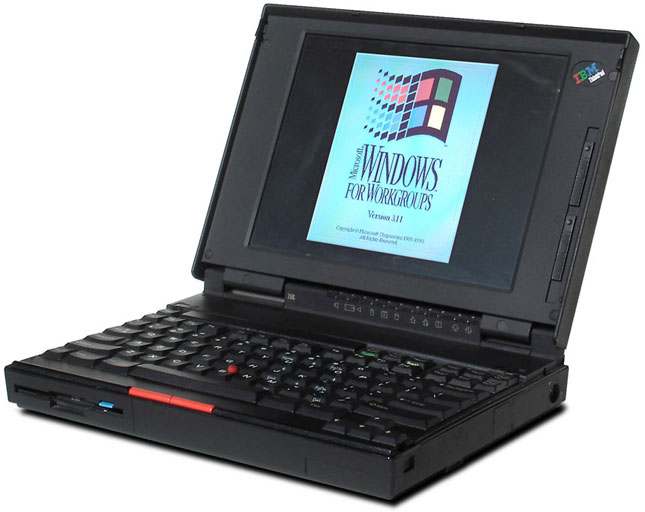Early Memories of Computers
One of my earliest memories of computers starts on an airplane.
When I was little, my mother and I would head down to South Florida for vacation every summer. She had friends who lived down there and they could spare us a room for the week. It was a change in scenery that didn’t affect the pocket book too dearly.
Often we drove, two days spent sitting in the cab of a 1989 Ford Ranger pickup. We would wind our way through Illinois, to Tennessee and Kentucky, stopping in Georgia to visit with distant relatives — my grandmother’s brothers, I was told. It was a long trip for a kid, back before the Internet, iPhones, Netflix, and screens everywhere you looked.
I entertained myself by reading maps. Maps printed on paper, in a bewildering array of bright, vivid colors. Numbers and letters and names. Borders and boundaries and routes. We played license plate bingo. We counted telephone poles.
One year, however, we had saved up enough money, and we flew. It was amazing. The seats were comfortable, the flight attendants brought us peanuts and soda, and the cabin was air-conditioned. Truly, this was the only way to travel.
The plane was huge, and our tickets were discount, fill-the-flight affairs. I was not seated next to my mother. Instead, I sat next to a middle-aged business man traveling cross-country with a most ingenious device: a laptop computer.
This was probably 1993. The laptop was huge by today’s standards, and it ran Windows 3.1 (though I had no notion of that at the time). It had a word processor, which the nice gentleman was studiously plunking words into, pulling together some sort of business report or memorandum. I watched, spellbound.

At one point he must have noticed me watching him, because he turned and asked me if I had ever seen a computer before. I shook my head, half-embarrassed and speechless. He turned the laptop so that it partially faced me and started showing me all the neat things it could do.
He pulled up a clip art library from within the word processor – an endless collection of garish pixelated artwork that looked so modern and futuristic to me then. He opened a drawing application (MS Paint, I’m sure of it now) and let me doodle, fumbling with the mid-keyboard mouse analog that passed for a “pointer device” in those days.
For the first half of the flight from Chicago to Fort Lauderdale, I asked question after question after question. How did the computer know how to draw? Who made all the pictures in the clip art library? Why were the letters on the keyboard all jumbled up? How did the little red nub in between the “B” and the “N” ever come by the name of “mouse”? Could the writing app write by itself? How did the computer work without an extension cord? Question after question after question.
Eventually, the nice man with the computer called over the flight attendant and asked to be seated elsewhere. But I never quite got over the possibilities of that little bit of technology, five thousand feet above ground.
